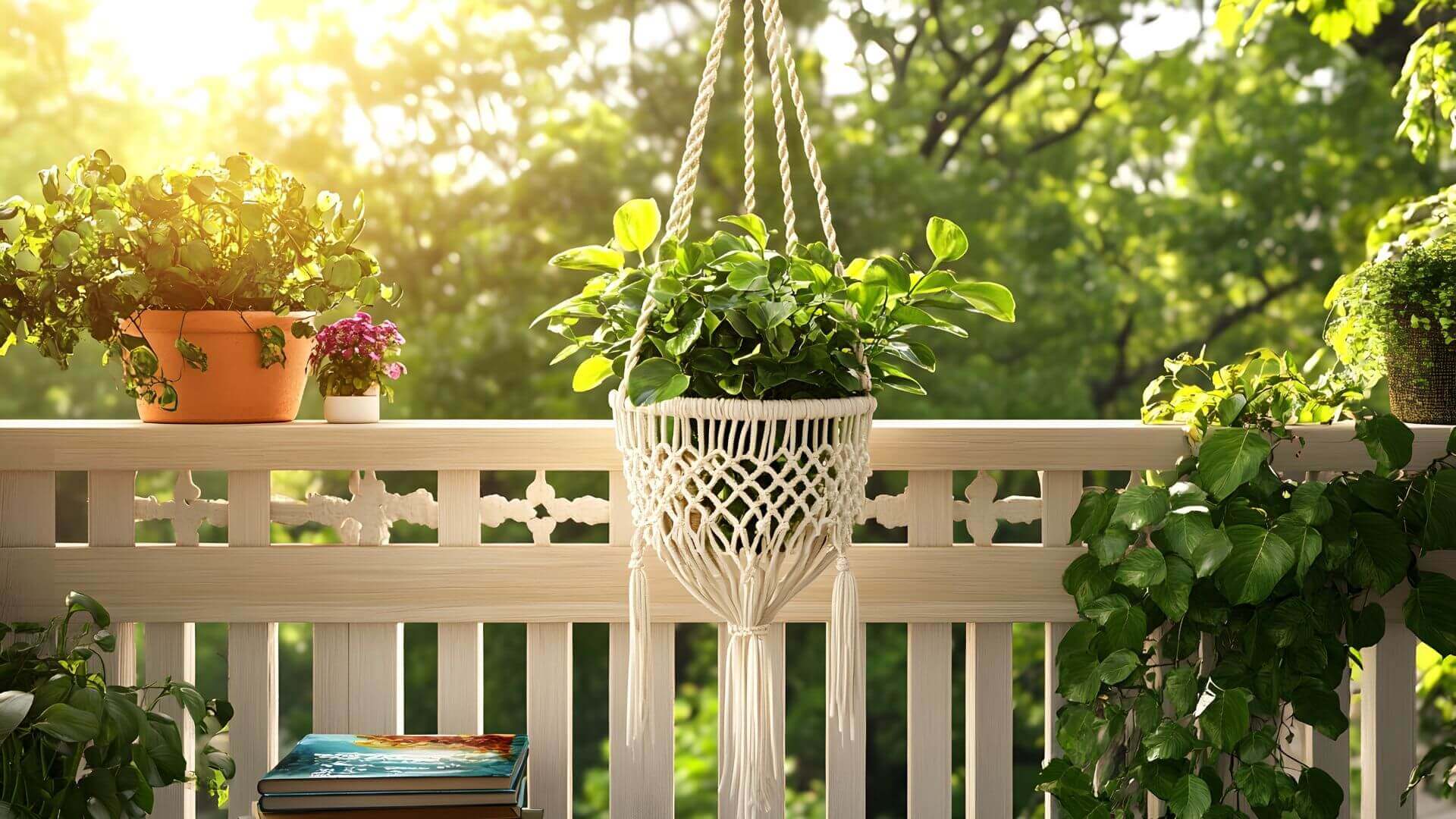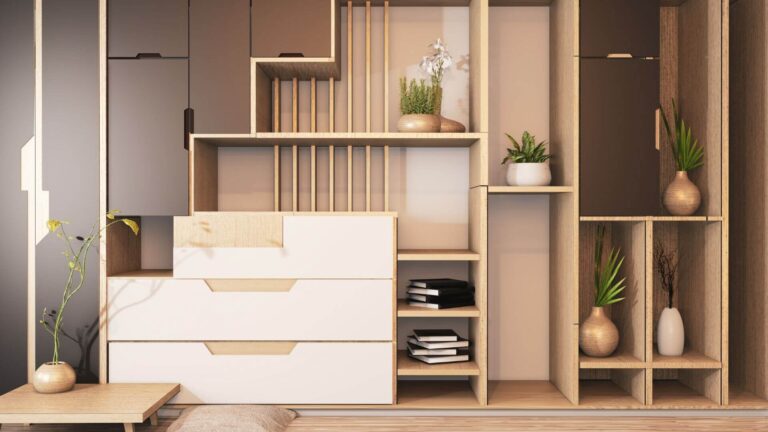Living in a small apartment doesn’t mean you have to give up your dream of growing fresh herbs, vibrant flowers, or even homegrown vegetables. A balcony garden can transform even the tiniest outdoor space into a green sanctuary that boosts your mood, improves air quality, and provides fresh produce right at your doorstep. Whether you’re working with a sunny south-facing balcony or a shaded corner, this guide will walk you through everything you need to know about starting your own balcony garden.

Understanding Your Balcony’s Potential
Before you rush to buy plants and containers, take time to assess your space. Walk out to your balcony at different times of the day and observe how much sunlight it receives. Does morning light flood the area, or does your building cast shadows most of the day? This information is crucial for choosing the right plants.
Measure your balcony dimensions and note any structural limitations. Check your apartment’s rules about weight restrictions, drilling into walls, or hanging items from railings. Some buildings have strict guidelines about what you can and cannot do with your balcony space. Understanding these limitations upfront will save you headaches later.
Consider wind exposure as well. High-rise balconies often face strong winds that can damage delicate plants and dry out soil quickly. Implementing balcony garden wind protection tips, such as installing transparent barriers or choosing wind-resistant plants, will help your garden thrive.
Getting Started: Essential Planning Steps
Creating a successful balcony garden begins with smart planning. Start by deciding what you want to grow. Are you interested in fresh herbs for cooking, colorful flowers for aesthetics, or vegetables for self-sufficiency? Your goals will shape every decision that follows.
For those new to gardening, a balcony garden starter kit for beginners typically includes containers of various sizes, quality potting soil, basic gardening tools like a trowel and watering can, and a few easy-care plants. You don’t need to invest in expensive equipment right away. Many successful balcony gardens start with repurposed containers and gradually expand.
Budget planning matters too. While balcony garden budget ideas can help you start small, expect to invest in good quality soil and appropriate containers. Cheap potting mix often leads to poor drainage and unhealthy plants, costing you more in the long run when plants fail to thrive.
You can even integrate smart home gadgets into your balcony setup for convenience — like automated watering systems, solar-powered garden lights, or smart humidity sensors that monitor plant health. These devices make your balcony garden both modern and low-maintenance, blending nature with technology for an efficient urban lifestyle.
Choosing the Right Containers and Planters
Container selection makes or breaks a balcony garden. Your balcony garden container plants need homes that provide adequate drainage, sufficient root space, and stability against wind. Plastic containers are lightweight and affordable, making them ideal for balconies with weight restrictions. Terracotta pots offer excellent breathability for roots but dry out faster and weigh more.
Implementing balcony garden vertical gardening ideas maximizes limited space. Wall-mounted planters, hanging baskets, and tiered shelving systems let you grow more plants without sacrificing floor space. Vertical gardens are particularly useful for small balcony vegetable garden ideas and balcony herb garden ideas.
DIY balcony garden planters offer creative solutions on a budget. Old wooden crates, repurposed buckets with drainage holes, and stacked pallets can all become functional planters. Just ensure any container you use has proper drainage to prevent root rot.
For apartments with railings, balcony garden safety railing planters attach securely without compromising safety standards. These planters utilize often-overlooked space while keeping walkways clear.
Selecting the Perfect Plants
Choosing balcony garden plants for beginners starts with understanding your light conditions. Low light balcony garden plants like ferns, hostas, and impatiens thrive in shade, while tomatoes, peppers, and most herbs need at least six hours of direct sunlight. A balcony garden design for shade requires different plant selections than a sun-drenched space.
The best plants for balcony garden India vary by region, but generally include heat-tolerant options like curry leaf, mint, tomatoes, chilies, and marigolds. These plants handle the intense sun and temperature fluctuations common in Indian climates.
When planning balcony garden herbs to grow, consider what you actually use in your cooking. Basil, mint, cilantro, parsley, and rosemary are popular choices that grow well in containers. These balcony herb garden ideas provide fresh ingredients while requiring minimal space.
For balcony garden vegetables to grow, stick with compact varieties. Cherry tomatoes, lettuce, radishes, peppers, and beans work well in containers. Space saving balcony garden ideas include choosing determinate tomato varieties and bush beans rather than sprawling types.
Balcony garden flowers for pots brighten any space. Petunias, marigolds, geraniums, and begonias offer colorful blooms without demanding excessive care. Balcony garden perennial plants like lavender and succulents come back year after year, reducing replanting efforts.
Creating the Right Soil Mix
Your plants’ health depends heavily on soil quality. A proper balcony garden soil mix guide recommends combining potting soil, compost, and perlite or vermiculite for drainage. Avoid using garden soil, which compacts in containers and restricts root growth.
Commercial potting mixes work well, but you can customize them by adding compost for nutrients and coconut coir for moisture retention. For balcony garden organic vegetable growing, ensure all soil components are certified organic and avoid synthetic fertilizers.
Container plants need more frequent feeding than garden beds because nutrients wash away with watering. Plan to fertilize every two to four weeks during the growing season with organic options like compost tea or liquid seaweed.
Watering and Irrigation Solutions
Balcony gardens dry out faster than traditional gardens due to wind exposure and limited soil volume. Balcony garden irrigation ideas range from simple manual watering to automated drip systems. For beginners, start with a watering can and establish a consistent schedule.
Check soil moisture by sticking your finger two inches deep. If it feels dry, water thoroughly until water drains from the bottom. Morning watering is best, allowing foliage to dry before evening.
Self-watering containers reduce maintenance for busy apartment dwellers. These pots have built-in reservoirs that provide consistent moisture, perfect for plants that dislike drought stress.
During hot weather, you may need to water twice daily. Conversely, overwatering kills more plants than underwatering. Balcony garden maintenance tips emphasize checking individual plant needs rather than following rigid schedules.
Dealing with Challenges and Limitations
Every balcony garden faces obstacles. Limited space means prioritizing plants that deliver the most value. Weight restrictions might prevent you from using large terracotta pots or deep soil beds. Strong winds can topple plants and shred delicate leaves.
Pest problems occur even several stories up. Aphids, spider mites, and fungus gnats find their way to balcony plants. Balcony garden pest control tips include regular inspection, hand-picking larger pests, and using organic sprays like neem oil for serious infestations. Avoid harsh chemicals that might drift into neighbors’ spaces.
Heat reflection from walls and floors creates microclimates hotter than ambient temperature. This affects plant selection and watering needs. Adding balcony garden flooring ideas like wooden deck tiles or outdoor rugs reduces heat reflection and makes the space more comfortable.
Lack of privacy can make gardening feel exposed. Tall plants, trellises with climbing vines, or bamboo screens create natural privacy barriers while adding to your garden’s aesthetics.
Designing Your Space
A balcony garden design modern apartment balances functionality with aesthetics. Group plants with similar water needs together. Place taller plants where they won’t shade smaller ones unless you’re deliberately creating shade for low light balcony garden plants.
Balcony garden lighting design extends your enjoyment into evening hours. String lights, solar lanterns, or LED spotlights highlight your plants while creating ambiance. Just ensure lights don’t disturb neighbors or violate building regulations.
Consider adding seating to enjoy your garden. Even a small folding chair transforms your balcony from purely functional to a relaxation space. Balcony garden ideas for small spaces often incorporate multi-purpose furniture with built-in planters or storage.
Color schemes create visual harmony. Stick with a limited palette of flowers or use varied foliage textures for interest. Too many competing colors can make small spaces feel chaotic.
Seasonal Planning and Maintenance
A balcony garden seasonal planting guide helps you maximize production year-round. Cool-season crops like lettuce and peas thrive in spring and fall, while tomatoes and peppers dominate summer. In mild climates, winter offers opportunities for greens and root vegetables.
Plan succession planting to keep containers productive. As one crop finishes, replant with something suited to the upcoming season. This approach maximizes limited space and provides continuous harvests.
Regular maintenance keeps your garden healthy. Weekly tasks include watering, deadheading flowers, checking for pests, and removing yellow leaves. Monthly activities involve fertilizing, pruning overgrown plants, and refreshing mulch.
Balcony garden composting tips help reduce waste while creating free fertilizer. Small countertop composters or worm bins work in apartments, though larger bins might fit on spacious balconies. Compost tea made from finished compost provides liquid nutrition for plants.
You can simplify these routines with smart home gadgets like automated watering timers, soil moisture sensors, and smart plugs for grow lights. These tools help you maintain consistent plant care, even when you’re busy, ensuring your balcony garden thrives with minimal effort.
Making Your Balcony Garden Sustainable
Balcony garden for urban apartments can operate sustainably with thoughtful practices. Collect rainwater in buckets for watering, reducing tap water usage. Choose native or adapted plants that require fewer inputs to thrive in your climate.
Organic methods for pest control and fertilization protect beneficial insects and keep harmful chemicals out of your environment. Growing your own food, even in small quantities, reduces transportation emissions and plastic packaging waste.
Save seeds from this year’s plants for next season’s garden. Many herbs, tomatoes, and flowers readily produce viable seeds, cutting costs while maintaining varieties you love.
What are the easiest plants for a beginner’s balcony garden?
Herbs like basil, mint, and parsley are extremely forgiving for beginners. Cherry tomatoes, lettuce, and marigolds also tolerate beginner mistakes while providing quick results. These plants adapt well to containers and don’t require extensive gardening knowledge.
How much weight can my apartment balcony support?
Weight capacity varies significantly by building, typically ranging from 50 to 100 pounds per square foot. Check your lease or contact building management for specific limits. Use lightweight containers and soil mixes if weight is a concern, and distribute weight evenly across the balcony surface.
Can I grow vegetables on a shaded balcony?
Yes, though options are limited. Leafy greens like lettuce, spinach, and kale tolerate partial shade. Herbs such as mint, parsley, and cilantro also grow reasonably well without full sun. However, fruiting vegetables like tomatoes and peppers need at least six hours of direct sunlight daily.
How often should I water my balcony garden?
Watering frequency depends on plant type, container size, weather, and sun exposure. Check soil moisture daily, especially in summer. Most container plants need water when the top two inches of soil feel dry. Small pots may require daily watering, while larger containers might last several days.
What’s the best way to protect balcony plants from strong winds?
Install transparent wind barriers, position tall plants to shelter shorter ones, and choose sturdy containers that won’t tip easily. Select wind-tolerant plants like succulents, ornamental grasses, and compact vegetables. Stake tall plants and secure containers to railings or walls when possible.







